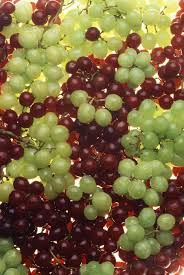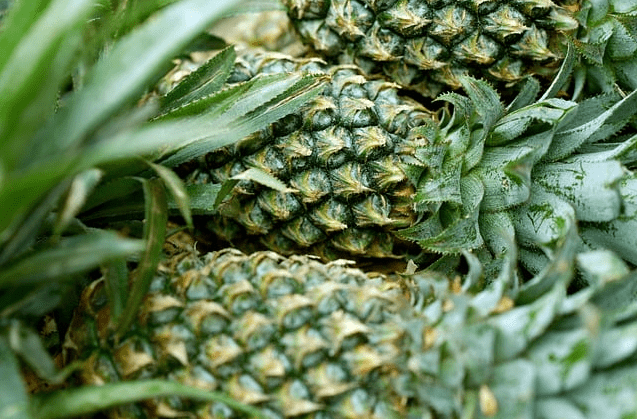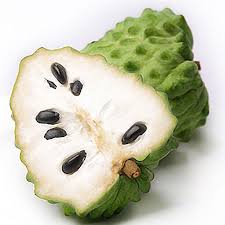What is going on with the rain? It did rain once (and indeed it was a great rain!). But it is already November outside, the sun is still high and heating as if there are no crops farmers gazing at the sky wishing to find any kind of glimpse of rain clouds.
And children that are already beginning to wonder whether this winter will have snow or not. And meanwhile, outside, an atmosphere of uncertainty and a feeling that everything is unknown: not only is the corona virus messing with our world orders and creating its own swing (lock down, no lock down, schools, businesses…) but the weather is swaying too –it slightly cools and then warms up again.
I'm considering starting to insinuate that winter is here, fake it till you make it – can that work? Maybe giving it signs will somehow cause the winter to hurry up and arrive: you can, for example, take orange peels, fill them with cloves (the spice, unground) and place in the oven right after removing your baked goods (try it and you will enjoy the throughout the entire house – the smell of cider and fall).
You can also make a hot apple cider, with a cinnamon stick, and curl up with a blanket on the couch. And you can try the classic – prepare something from root vegetables.
Root vegetables are very fond of winter – they quietly grow and happily widen. This kind of development is a clear example of processes that take place quietly, secretly, out of sight: from above the foliage grows, and below the ground the invisible root widens and broadens. Since the root is the “storage” of the plant, where it stores and accumulates all the sugars, as soon as it is brought home it is recommended to remove the leaves from the root: once the root is removed from the soil, the process “reverses” and the leaves begin to consume the sugar.
What else is important to know? That the size of the vegetable indicates the taste: generally speaking, small vegetables have a more concentrated and distinct flavor.
Root vegetables are a great raw ingredient which are very versatile. You can begin with the classic and use them to prepare a great vegetable soup: as long as you have at least one root at home (and preferably two), such as celery root and parsley root – you have the base.
First sauté them a bit, then you can also add carrots, beets, potatoes and sweet potatoes, all or some of them, season well and wait for the magic to happen inside the pot. You can also choose the color orange as a theme (after all, it is the well-known winter “orange soup”), sauté a little onion, and add to it all the orange vegetables that are laying around – carrots, pumpkin, sweet potatoes and squash, season with ginger, a pinch of cinnamon and salt -Pepper, and finally you can also add some coconut milk.
Root vegetables also make great salads (like beet salad with coriander and goat cheese) and they are also delicious when simply cut into thick slices and roasted in the oven (try a combination of spreads or dips, like tahini, yogurt and even date honey).
Because they contain starch, we of course also like them also when mashed as puree –you can (and should!) vary the classic potato puree by adding a sweet potato, and some also like a puree made from parsley root or celery root (they also make wonderfullatkes).
For those who prefer their food a little more crunchy, you can use them to make French fries – slice thinly, season with salt and pepper and fry. For those looking to make a quick dinner, from basic and simple ingredients – a baked and stuffed potato can definitely do the job (as well as fill the house with a fine aroma of fire.
And remember the rule of thumb: red potatoes are meant for frying and white potatoes are for mashed potatoes and soup. Another rule of thumb: a potato with many “eye”s is not fresh, and in the worst case also has higher levels of the toxin solanine and therefore is less recommended for eating).
Yours.
The Garden’s team
Forecast:
In the ORGANIC vegetable baskets we expect (draft only):
Cucumber
Tomato
Lettuce
Potato
Chinese cabbage
Eggplant
Pumpkin
Swiss Chard
Sweet potatoe
Parsley
The Large organic vegetable baskets also include:
Sweet potatoe
Spinach
Coriander
In the ORGANIC fruit baskets (NEW – Increased variety, price – 70 Shekels)
Oranges
Red grapefruit
Banana
Pomegranate
The large ORGANIC fruit baskets also include: ( NEW – Increased variety, price -100 Shekels)
Leomon
Papaya
Sweetie
The ORGANIC Green Basket:
Swiis Chard
A kind of lettuce
Kale
Dill
Green onion
Sprouts
Spinach
NEW – The ORGANIC Basket for couples (price – 150 shekels):
Cucumber
Tomato
Lettuce
Potato
Eggplant
Carrot
Pumpkin
Parsley
Swiss Chard
Cabbage
Sweet potatoe
Coriander
Pepper
Oranges
Red grapefruit
Sweetie












